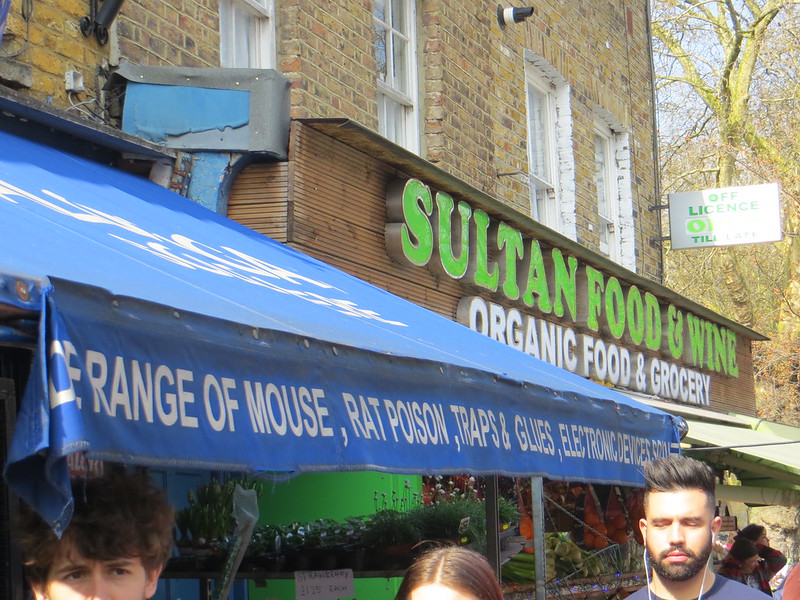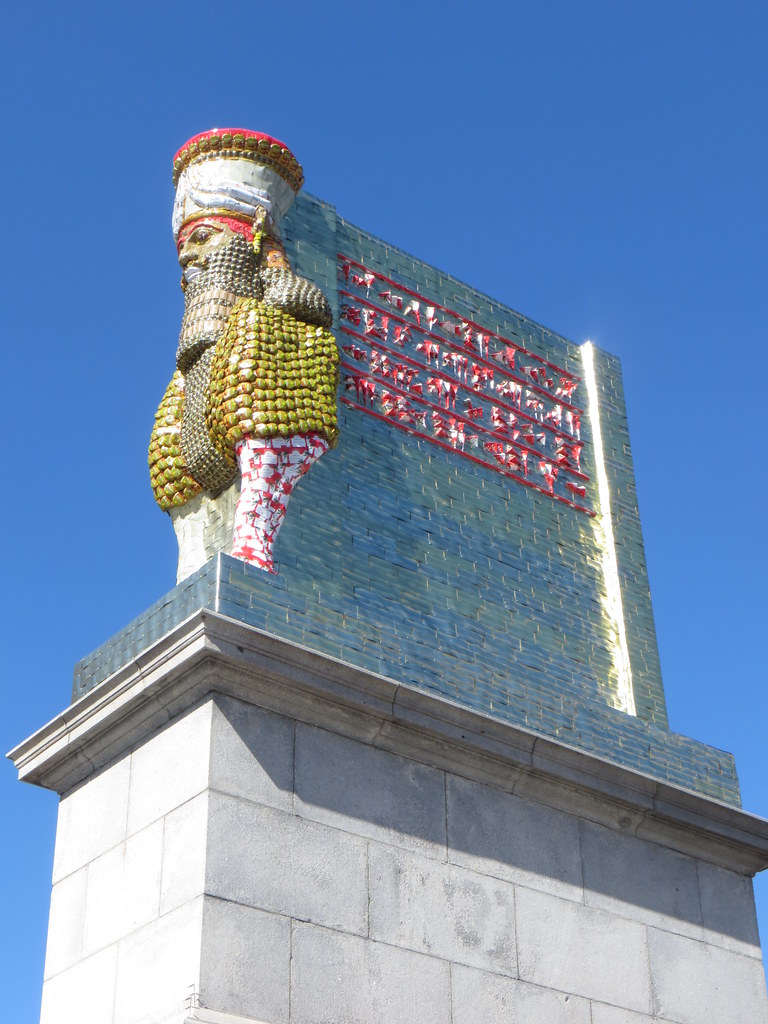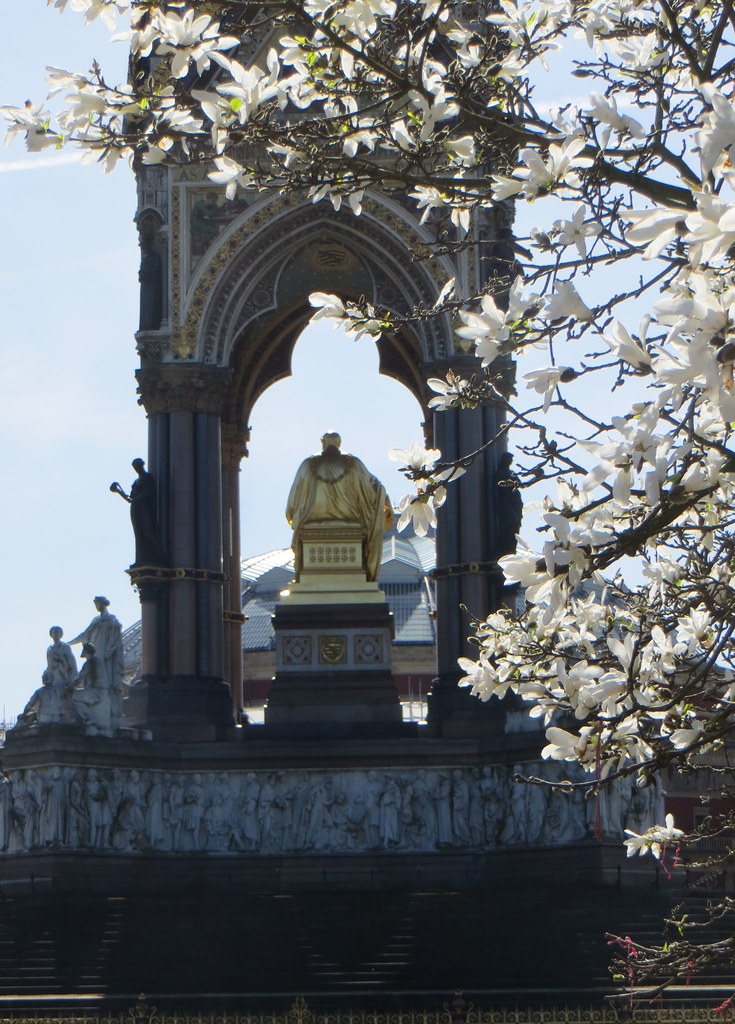I suppose this sort of juxtaposition is bound to happen where a good old-fashioned high street hardware shop manages to survive.
Once you're past that, Broadway Market on a Saturday afternoon is even more of an ultra-cosmopolitan food court than the last time I visited.
If you don't want to buy some kisses to follow your pickles, sauerkraut or kimchi (relax, they mean meringues), you can eat your way around the world from Argentina to Vietnam by way of Ghana, Iran, and Gujarat, not forgetting the inevitable cupcake, to go with your Spanish ham.
Perhaps some fudge off the block, a brownie or an eclair for later? And don't forget your furry friends.
 There are still some of the worthier sorts of craft stall one might expect from Hackney, as is the sight of ladies' scanties side by side with (do knickers rub shoulders, or could one say they abut?) dungarees; while others aim a bit further upmarket.
There are still some of the worthier sorts of craft stall one might expect from Hackney, as is the sight of ladies' scanties side by side with (do knickers rub shoulders, or could one say they abut?) dungarees; while others aim a bit further upmarket.But as times change, so, inevitably, there's a smart estate agent's next door to the traditional pie-and-mash shop, offering the opportunity for that other middle-class pastime, tutting over the prices (£1 million plus, or thereabouts, for the kind of house that was being torn down in my childhood, or £500k for a two-bedroom modern flat).

And here's another sign of the changing times - hardly the house journal of the alternative society:


